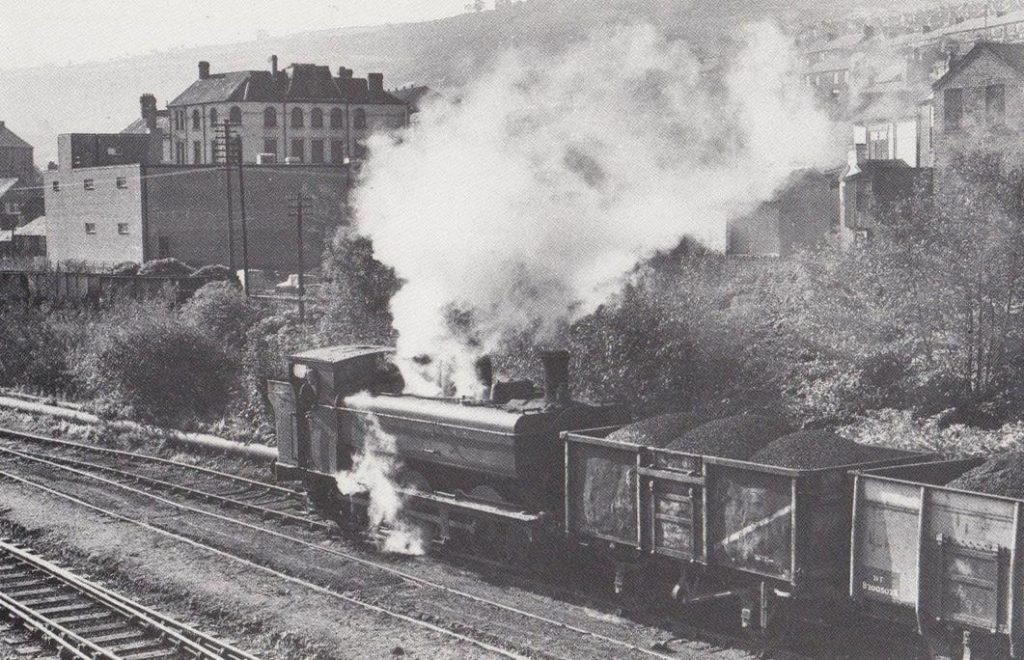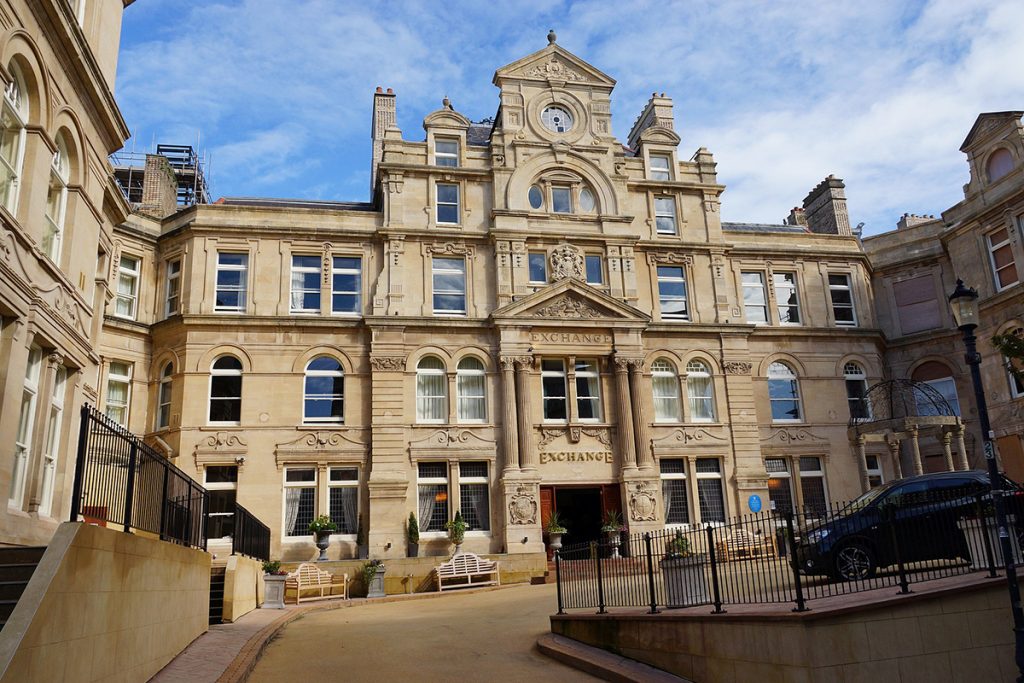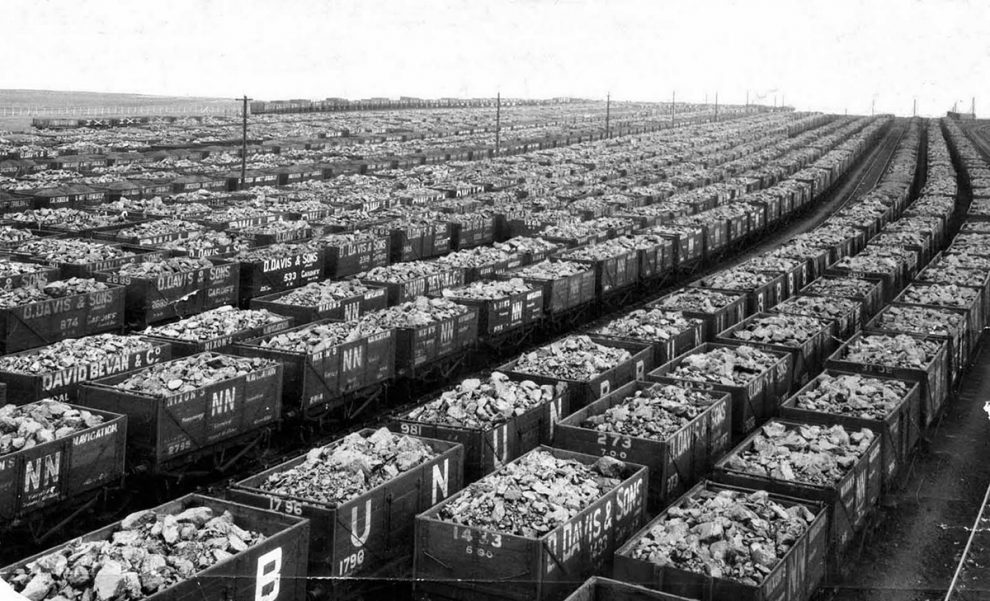WALES’ history with the coal industry is well known, but perhaps what isn’t so widely known is the staggering scale of the coal industry in and around Cardiff, and how that black gold allowed the capital to grow to the modern day metropolis we know today.
To understand where it all started, we have to go back over 200 years.
During the growth of the iron industry, in 1794, the Glamorganshire Canal was completed, which was a link between Merthyr and Cardiff, and the Cardiff Docks were born.
The iron industry continued to fuel expansion in the area, with opening of the Taff Vale Railway being the most significant milestone in 1841, but by the 1850s coal had begun to overtake iron in economic growth.
Over 2 million tonnes of coal was exported from Cardiff Docks in 1862. By 1913, this had risen to nearly 11 million tonnes.
How did this massive growth happen? As is common, it all came down to competition.

Penarth and Barry opened docks in 1865 and 1889 respectively, which prompted Cardiff’s expansion. It started with the Roath Dock in 1887 and Queen Alexandra Dock in 1907.
In 1884, The Coal Exchange was also built, which remains a landmark in the city.
Previously the site of The Coal Exchange was the garden at the centre of Mount Stuart Square. The company was founded by Frederick de Courcy Hamilton, a local solicitor who played a formative role in Cardiff’s development. Another of his companies built Duke Street Arcade and High Street Arcade.
The Exchange provided a suitably grand setting for negotiating sales and shipping deals for coal from the prodigious collieries of South Wales. One of the companies which traded here in the early 20th century was shipbroker Aadnesen & Dahl, co-owned by Norwegian immigrant Harald Dahl.
His son Roald, christened in Cardiff’s Norwegian Church, of course became one of the most successful children’s authors in history.
Following World War I, there was yet again another boom in Cardiff, with 122 registered shipping companies in business in 1920. However, this boom was relatively short lived as oil was growing in importance as a maritime fuel, and the market was also oversaturated with cheap coal thanks to the Treaty of Versailles.
In the 1930s, depression hit the city and coal exports had fallen to less than 5 million tonnes in 1932. Many businesses went under during this time, however activity around the port again started to pick up as World War II started.

From 1941 to 1946 the Exchange was home to the Merchant Navy Reserve Pool. To ensure that seamen would always be available to crew vessels, the Government paid them to remain in the Reserve Pool when they were ashore.
The exchange closed in 1958, following a long decline in coal exports through Cardiff. The building was subsequently used for concerts, meetings, awards ceremonies and other activities. Artists who performed here included Van Morrison, the Manic Street Preachers, Bob Geldof, John Cale and Jools Holland. The building’s film and TV credits include episodes of Dr Who, Torchwood and Casualty.
Last year, the historic building re-opened as a hotel, showcasing that the capital is still benefiting from the coal boom to this very day.
Former Cardiff councillor and businessman Ashley Govier has taken on the management agreement and will be running the operations side of the business.
“We’ve really been trying to get the building ready for opening,” he said.
“Obviously there was quite a bit of work to do because the building was standing still for four to five months as a result of national lockdown and then to get the building Covid-safe – that’s really what the team have been doing over the last few weeks.”
As of 2017, much of the building was considered derelict, so the city has welcomed the investment in the iconic building that boasts over 100 years of rich history.
Today, Cardiff’s coal history seems like a very distant past.
Modern flats and office buildings take the place where coal hoists once stood, with high end cafes, bars and venues replacing the rough-and-tumble pubs that the working men frequented every night.
Oil, containers and timber still go through the docks of Roath and Queen Alexandra, however the quantity and economic benefit of this business doesn’t begin to touch what the coal industry did for Cardiff.
Of course, when talking about the boom of the industry, we cannot overlook the disasters, the long term health impacts, and the environmental damage. For as important as coal was to Cardiff – and Wales’ – growth, many are critical of it in the modern day.
Commenting on the importance of the coal industry, Ceri Thompson from National Museum Wales, said: “By 1921 there were 271,000 people in Wales directly involved in the coal industry alone.
“There was also a huge number of others involved in retail, transport, farming (to feed the population), sheep farmers to clothe them, horse breeders to supply colliery horses, north Wales quarry workers to roof their houses and so on.
“The south Wales valleys would have had a scattered hill farming population without coal.
“Cardiff, Swansea and Newport would have been small villages and wouldn’t have developed into docks.
“There would probably be no capital of Wales, no National Library and no National Museum.”
Mr Thompson goes even further when questioned where Cardiff would be were it not for coal: “Probably regarded the same way Cornwall is – a part of England.”
“Wales would be a rural society with everywhere looking much like Gwynedd or Ceredigion do today,” Prof Martin Johnes added.
“Our cities would be small rural towns. In more recent years in this fictional Wales, relatively cheap housing and beautiful scenery would be attracting incomers from England creating fears around the impact of holiday homes and the vitality of Welsh in places like the valleys.”



















Add Comment